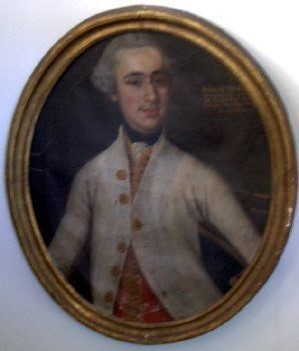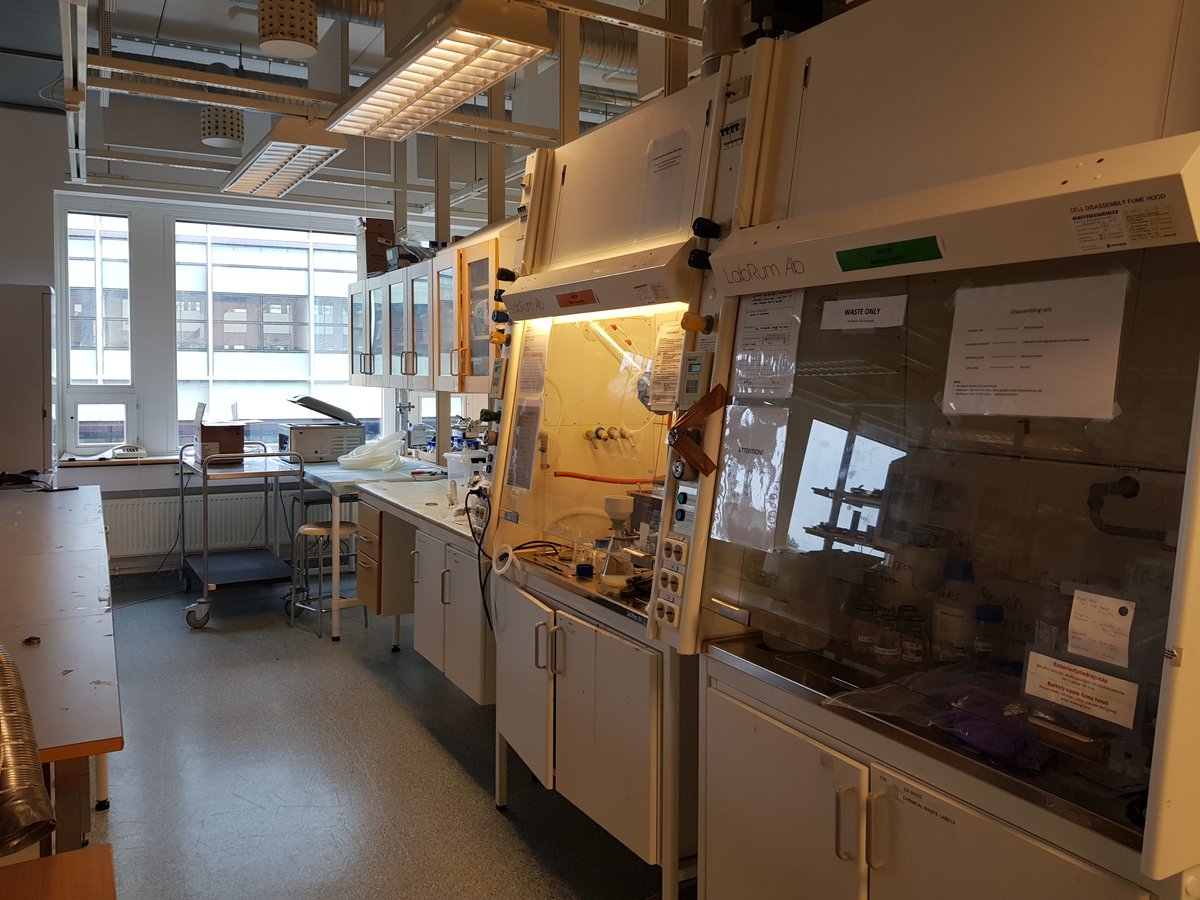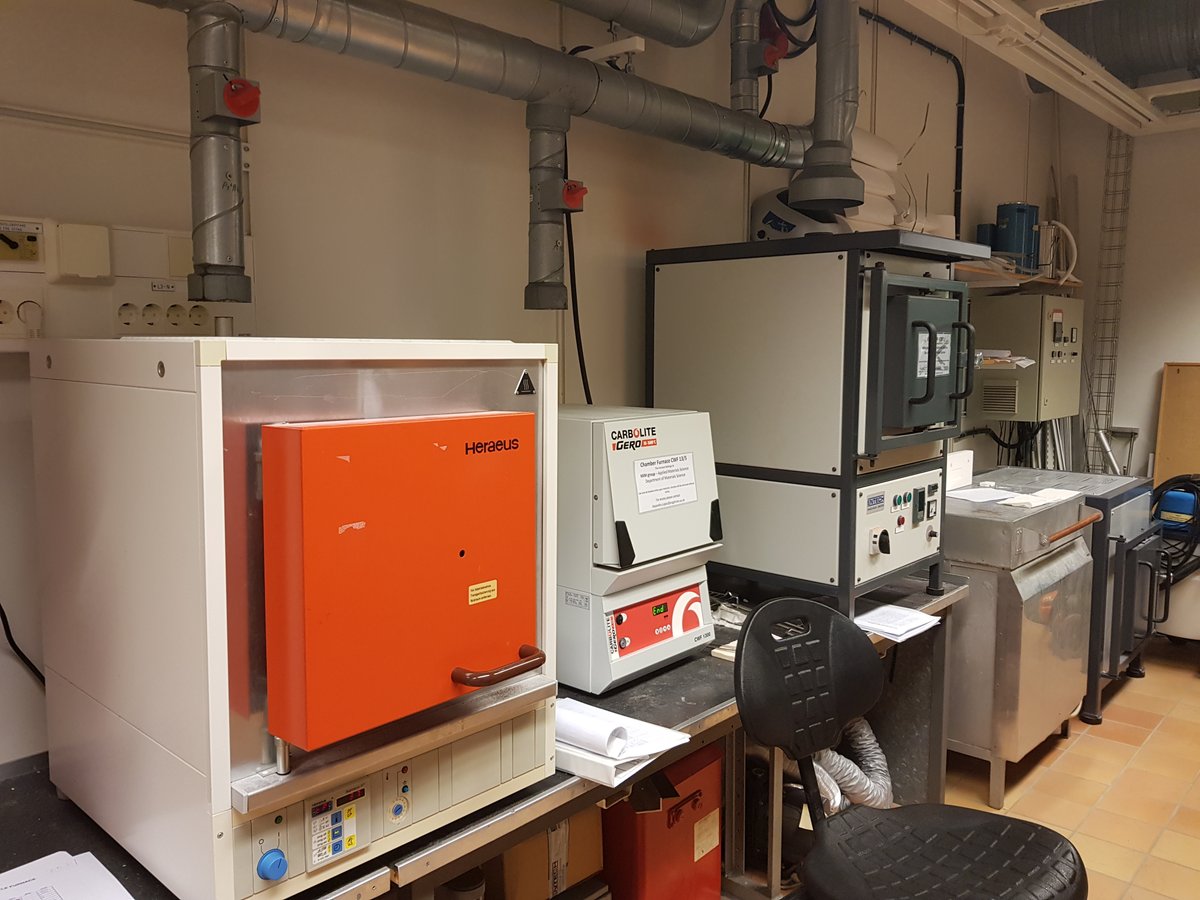
Hello friends! Before leaving this account, I'd like to share valuable insights & experiences I gained as PhD #student, #postdoc, and #newPI. These are on various aspects of science.
My insights are obviously not universal. Please take them with a 'big grain of salt'.
Open 🧵
My insights are obviously not universal. Please take them with a 'big grain of salt'.
Open 🧵
#1. NEVER EVER write an email when overwhelmed by emotion. This is especially relevant when the emotion is anger, regardless of whether it is justified or not. When receiving bad / unpleasant news, it's best to let it rest AT LEAST 1-2 days before responding.
#2. In myself and in my scientific team members, I welcome every feeling/state (expressed with respect) EXCEPT BOREDOM.
A person that is bored has lost curiousity, and awareness of how little she/he knows of this AMAZING universe. There is always something great to learn!
A person that is bored has lost curiousity, and awareness of how little she/he knows of this AMAZING universe. There is always something great to learn!
#3 A. When searching for PhD/PD position, many these days recommend setting "emotional support" as no. 1 in search criteria.
I never did that. For em. supp. I have my wife, my parents, close friends, and coach. Of course, em. support from PI is very important, but not enough.
I never did that. For em. supp. I have my wife, my parents, close friends, and coach. Of course, em. support from PI is very important, but not enough.
In a #PI, I searched for someone with:
1. Inspiration & Creativity
2. Scientific & Personal Qualities which I lack, and ability to teach them
3. Resources
4. Ability to guide with enthusiasm
5. Local environment where I can thrive
6. Strong Internatl Network
7 Easy to talk with
1. Inspiration & Creativity
2. Scientific & Personal Qualities which I lack, and ability to teach them
3. Resources
4. Ability to guide with enthusiasm
5. Local environment where I can thrive
6. Strong Internatl Network
7 Easy to talk with
#4. You can learn what you need along the way.
Ex: As young student, I thought I should the be able to solve all (or nearly all) problems in Jackson (hard book!) before doing any research in E&M / Optics. I was wrong. Solid foundation is good, but adaptability also.
.
Ex: As young student, I thought I should the be able to solve all (or nearly all) problems in Jackson (hard book!) before doing any research in E&M / Optics. I was wrong. Solid foundation is good, but adaptability also.
.
#5. A highly DANGEROUS time (physically) for an academic is during PhD thesis writing.
I foolishly thought "I will not stand until I finish writing this section". So I spent too many hours sitting. I injured my back badly (sciattica) and suffered for years after. Health FIRST!
I foolishly thought "I will not stand until I finish writing this section". So I spent too many hours sitting. I injured my back badly (sciattica) and suffered for years after. Health FIRST!
#6. Between my PhD and PD, I published my 1st single-author paper. I highly recommend that. It's a good way to demonstrate independence, as well as ability to conceive, implement, and finalize a scientific project. It can also prove good writing skills --- essential in academia.
#7. Every paper that I wrote eventually got published. Sometimes many things had to change, and once the revision process took 3 years. But eventually it was published. So I've learned not to sweat paper rejections. I know the outcome 😉 (Grants are different 😖).
#8. As #newPI in experimental group, I've learned to ask my students if they would like me to join them in their experiment. Some students feel pressured by my presence. Others feel supported. So I just ask , and I'm happy to join when my presence helps. And not sad otherwise.
#9. When responding to referees, remember: their (our) only reward is the satisfaction of helping a good paper become better (rejected papers appear elsewhere later).
So I listen to referees & follow their advice as much as possible. It's better than to fight them all the time😉
So I listen to referees & follow their advice as much as possible. It's better than to fight them all the time😉
#10. When a Referee is unreasonable/absurd (rare, but can happen), remember: we do NOT have to convince Referees. The Editor decides.
That's why I rather publish in journals where Editorial decisions can be assessed by members of the science community via appeals, if necessary.
That's why I rather publish in journals where Editorial decisions can be assessed by members of the science community via appeals, if necessary.
#11. Time is our most valuable resource.
Many people ask: Is this an idea worth researching, or a paper worth writing? That's a bad question - can lead to time waste.
I rather ask: Is this the *best* idea worth researching, or best paper worth writing, given our possibilities?
Many people ask: Is this an idea worth researching, or a paper worth writing? That's a bad question - can lead to time waste.
I rather ask: Is this the *best* idea worth researching, or best paper worth writing, given our possibilities?
#12. More experiments/data alone rarely lead to deeper understanding. Actually, they often strengthen the confusion.
Understanding emerges from our ability to reproduce and predict partial observations using a "simple" model/abstraction of reality.
Understanding emerges from our ability to reproduce and predict partial observations using a "simple" model/abstraction of reality.
#13. For me, the best experiments (worth doing) are those for which I don't know the result in advance, can surprise me, or are beyond theoretical reach.
Otherwise, if the theory has been tested to death, and we know it faithfully models our system, why do the experiment?
Otherwise, if the theory has been tested to death, and we know it faithfully models our system, why do the experiment?
#14. I've seen many students choose to work on a topic because of its *potential* relevance to an issue they care about, e.g. health, sustainability. But many soon realize that they do not enjoy their daily activities so much.
Daily inspiration is AS IMPORTANT as purpose.
Daily inspiration is AS IMPORTANT as purpose.
#15. A great challenge as a PI:
When someone systematically doesn't honor IMPORTANT agreements (they may think it's not important), how to express that behavior is unacceptable WITHOUT diminishing their motivation?
Nobody likes to be reminded of agreements they didnt fulfill.
When someone systematically doesn't honor IMPORTANT agreements (they may think it's not important), how to express that behavior is unacceptable WITHOUT diminishing their motivation?
Nobody likes to be reminded of agreements they didnt fulfill.
#16. In personal relations with fellow scientists, I appreciate modesty and detest self-adulation (e.g. bombastic claims that their research will save the world).
Unfortunately, that doesnt work well in proposals. Non-specialists easily fall for nicely-written bombastic claims.
Unfortunately, that doesnt work well in proposals. Non-specialists easily fall for nicely-written bombastic claims.
#17 In France, I learned that a scientific group's leader is called "animateur". Funny, I thought. But there is so much wisdom in that name.
Truly, the greatest aspiration of a group leader is to amplify the motivation of her/his group members.
Truly, the greatest aspiration of a group leader is to amplify the motivation of her/his group members.
#18. The most important & difficult decision of a #newPI is in hiring. Unfortunately, this is likely also the decision we are least prepared to make.
IMO, character is the most important quality to look for. Its easier to teach exp skills than to change character.
IMO, character is the most important quality to look for. Its easier to teach exp skills than to change character.
#19 As PhD & young PD, I thought that increasing my skill set was the best way to land in a tenure-track position. I was wrong. Hiring committees rarely look at skills.
Most look for innovative ideas (of the type that can bring millions), ability to lead, & a friendly colleague.
Most look for innovative ideas (of the type that can bring millions), ability to lead, & a friendly colleague.
#20. In my PD, when starting to search for tt position, I didnt have a research statement ready. I thought I would make one when I apply.
Then, a senior colleague I admire said: "If you dont have your proposal always ready, you'll never get a position." He was right.
Then, a senior colleague I admire said: "If you dont have your proposal always ready, you'll never get a position." He was right.
#21. As PhD student, I improved my presentation skills thanks to detailed (written) feedback I got right after each talk. This is standard practice at nanophotonics at AMOLF. For years, I've seen the big difference that giving this feedback makes in the quality of student talks.
#22. The classic mistake of an enthusiastic PhD student (I was one) is to start more research projects than s/he can finish, i.e. lead to publication.
IMO, there's no point in starting projects one cant finish. In long run, only the projects one finishes (publishes) matter.
IMO, there's no point in starting projects one cant finish. In long run, only the projects one finishes (publishes) matter.
• • •
Missing some Tweet in this thread? You can try to
force a refresh




















